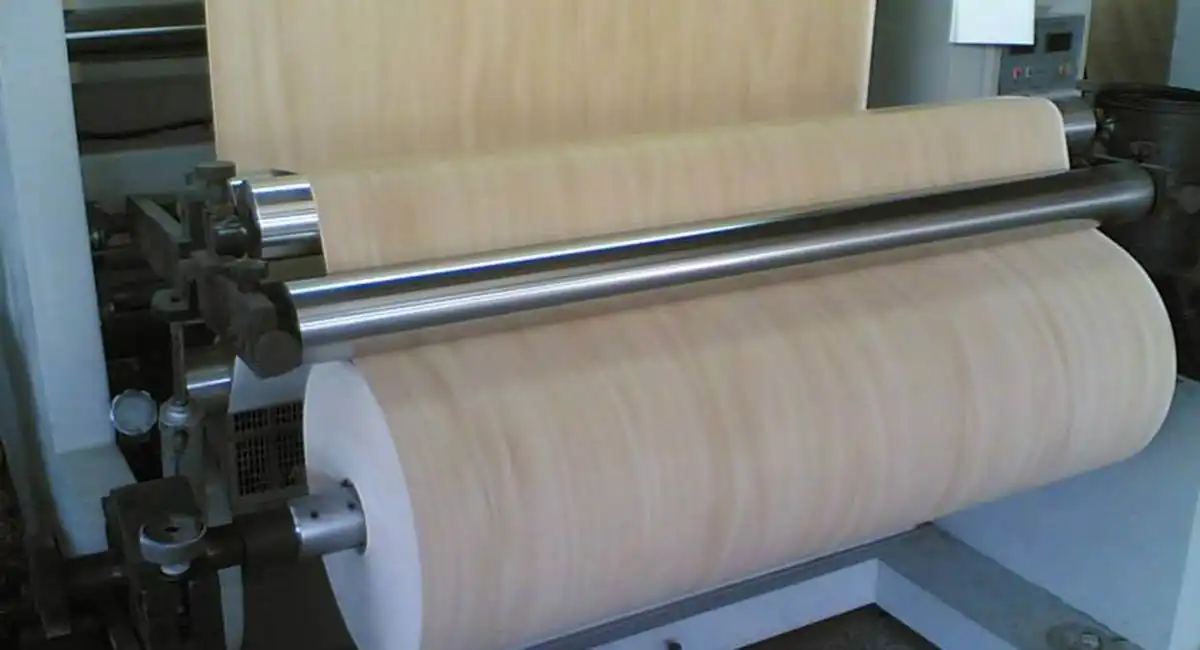1. Cost of Raw Materials:
The production of decorative base paper for printing and furniture decor involves various raw materials. The quality and type of pulp used, which is the primary ingredient, can significantly impact the cost. For specialized applications like furniture paper or melamine paper, which are used in laminates for MDF (Medium Density Fiberboard) and plywood furniture, the choice of raw materials becomes even more crucial. High-grade pulp ensures durability and a superior finish, which is essential for furniture applications.
2. Manufacturing Costs:
The process of manufacturing decorative base paper is complex, especially when it’s tailored for specific uses like melamine paper, which requires additional treatments to withstand the high temperatures and pressures involved in the lamination process. The labor costs, energy consumption in running machinery, and regular maintenance of equipment all contribute to the overall manufacturing costs. Efficient production lines and energy-saving technologies can help reduce these costs, thereby affecting the pricing.
Of course, the labor cost also is high in manufacturing, if you order the large quantity in one design, the preparation time will be less, and then the production cost will be lower. That is why the decorative raw base paper supplier likes to offer better prices for the customer in bulk orders.
3. Quality and Features:
Decorative base papers come in various qualities and features, depending on their end-use. For instance, furniture decor paper needs to be resilient, resistant to wear and tear and often requires specific properties like heat resistance for use with melamine.
Similarly, papers intended for printing need to have excellent ink absorption properties and a suitable surface for high-quality print results. These specialized features often command a higher price due to the additional processes and quality checks involved.
4. Supply and Demand:
The market for decorative papers, especially in the furniture industry, is influenced by current interior design trends and consumer preferences. A surge in demand for specific patterns or textures in furniture paper can drive up prices.
Additionally, global supply chain dynamics can affect the availability and cost of raw materials, impacting the final price of the product.
5. Competitive Pricing:
In the decorative paper market, suppliers often monitor their competitors’ pricing strategies. This is crucial in segments like melamine paper and furniture decor paper, where numerous suppliers compete on both quality and price. Companies may adjust their prices to capture a larger market share or position themselves in a specific market segment.
6. Transportation and Storage Costs:
The logistics involved in transporting decorative base paper, especially for bulky orders like those used in furniture manufacturing (MDF or plywood lamination), add to the overall cost. Efficient logistics and storage solutions can help in reducing these costs, thus influencing the final pricing to the customer.
7. Customization and Order Size:
Custom designs in decorative papers, especially for specific furniture projects or unique printing requirements, can lead to higher costs due to the additional design and production efforts. Conversely, bulk orders can benefit from economies of scale, potentially reducing the per-unit cost for large-scale furniture manufacturers or printing houses.
8. Market Trends and Economic Conditions:
Trends such as the increasing preference for eco-friendly and sustainable furniture materials can influence the demand and pricing for decorative papers. Economic factors like inflation, exchange rates, and the overall health of the construction and furniture industries also play a significant role in pricing strategies.
9. Regulatory Costs:
Compliance with environmental regulations, especially in the production of eco-friendly papers, can incur additional costs. These regulations might dictate the use of certain chemicals or processes that are environmentally safe but more expensive.
10. Brand Reputation and Positioning:
Well-established brands or those that position their products as premium, such as high-end furniture decor papers or specialized printing papers, often price their products higher. This pricing reflects the perceived value of the brand and its reputation for quality and reliability in the market.
In conclusion, the pricing of decorative base paper for applications like furniture decor, printing, and use in materials such as melamine, MDF, and plywood is a multifaceted decision. It involves considering the cost of raw materials, manufacturing processes, the specific features and quality of the product, market demand, competitive landscape, logistical considerations, customization needs, prevailing market trends, regulatory compliance, and brand positioning.
Raw base paper suppliers balance these factors to set prices that are competitive, cover their costs, attract customers, and ensure profitability in a dynamic market.
If you are looking for a quality raw base paper supplier in China, you come to the right place. Runkai is a professional decorative raw base paper manufacturer based on Dawei Group, we produce raw base paper for decorative paper, finish foil, amino paper, etc. You can get all in one house.

